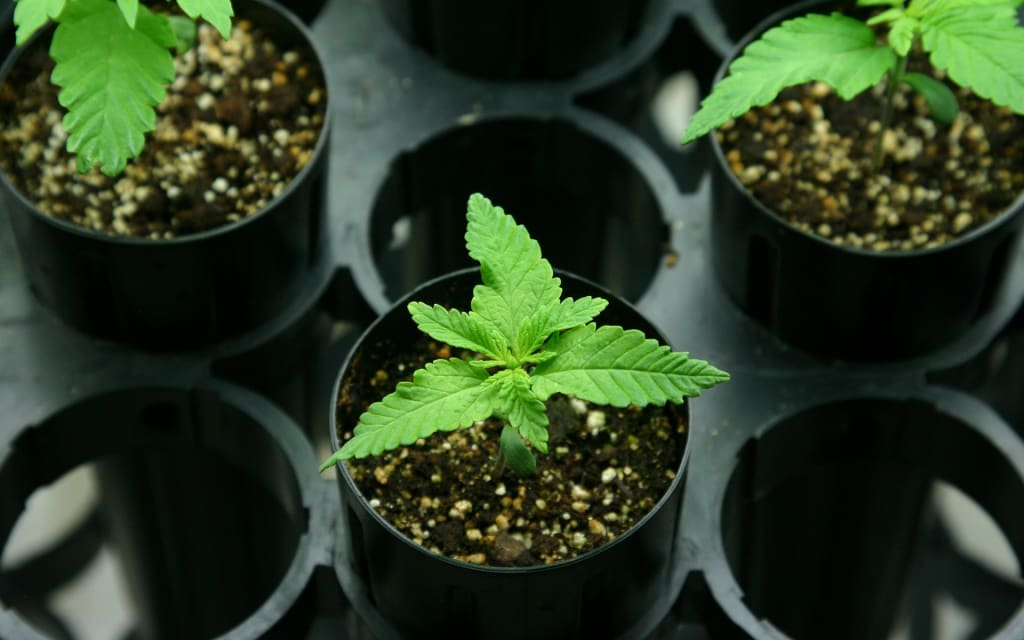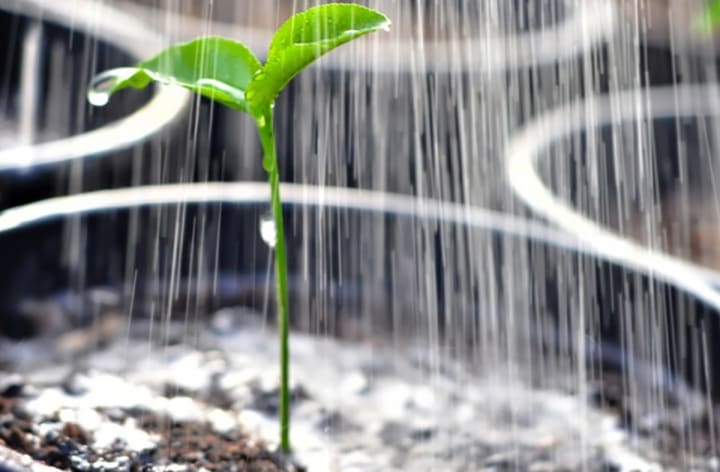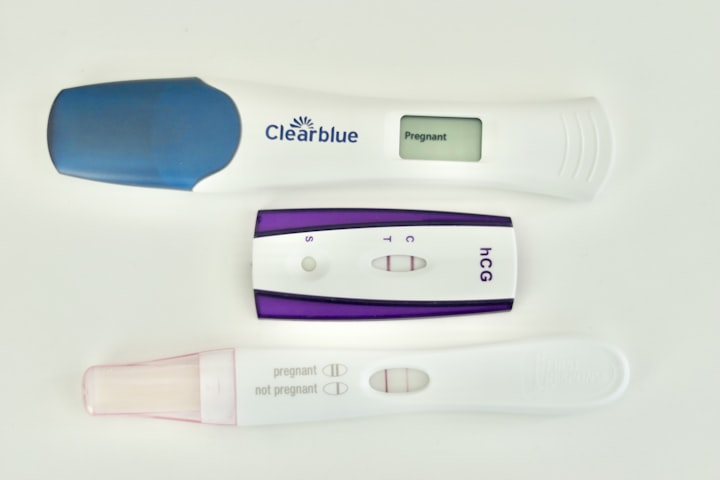
Weed seeds and babies are more similar than you may think. In order to grow into productive, functioning, strong adult forms, they both need care, attention, water, food, and shelter. They must both be protected from the hardships of life that can inhibit their growth. See, I told you they weren't that different! The new weed sprout (we're talking about marijuana now) has few defenses against shocks to its system caused by imbalances in its environment.
There are three critical periods in a marijuana plant’s life cycle:
- The initial period of sprouting
- The time immediately after transplanting
- The moment during and after flowering
The initial sprouting period is the most crucial for the weed seeds, when great care should be taken because the adult plant's life, health, and smoking quality depend on successful early growth.

Photo via Grow Weed Easy
Lights
Most novice gardeners experience frustration in sprouting their plants. The young shoots sprout proudly, but they soon grow upward too fast and topple over before their stems develop substantial strength. This common problem is usually caused by a light source that is not strong enough, or is too far away from the tops of the baby plants. The sprouts are hungry for light and shoot up to get close to the source. Keep artificial lights close to the soil before marijuana seeds germinate. This position will heat the soil and promote germination, and also ensure that the young weed sprouts don't have to shoot up too fast for their immature stems. Keep lights, preferably fluorescents (gro-lites or similar plant bulbs are best), close to new sprouts. This will stimulate stocky growth.
Lights with the least amount of red in them will inhibit elongation. Lights kept on a movable frame, chained from the ceiling or from a frame, will promote the best growth—just keep the light 2" to 6" inches from the top of the plants. Twenty watts per square foot of garden is adequate. Don't burn your young weed sprouts with too much heat. Very high output tubes (VHO) are superior for the adult plants, which generally can take as much light as you give them.
Planters
Any commercially prepared “sprouting soil” that does not contain too much peat and that is not very acidic will do fine for starting weed seeds. Jiffy pots, a brand name for peat pellets which expand into small self-filled pots when soaked in water, are ideal starting devices, particularly if you intend to transplant your plants outdoors. The peat container disintegrates in the outdoor soil, leaving the root ball free in the land without any shocks.
The only problem with some peat pots is that they may be too acidic for the young plants. Marijuana cannot take acidic soil. Young sprouts will shoot up, topple over, and wither away. If you do use peat pots as starters, soak them in water which has a half-cup of lime added to each gallon. This will balance the natural acidity of the peat.
To prevent the shock of transplanting your young plants, you might consider starting your weed seeds in two- or three-gallon cans. The first month is the most critical period of growth for the weed seeds. An adult plant that can be raised in a five-gallon container is more ideal. For indoor cultivation, you should know that the deeper the container, the stronger your plant will be. Marijuana develops a root ball with an extended tap root that goes down as deep as possible looking for water.

Photo via Greener Side of Life
Soil and Water
Soil should be neutral or slightly alkaline—use lime if in doubt. Soil should be porous to allow water to drain off. Plants need to have moist soil at all times during the first months of growth. However, they suffer if their roots sit in water. Make sure appropriate drainage is provided. Use vermiculite or a similar conditioner to assure the soil stays loose.
Use slightly warm water when watering to prevent shocking the plants. The first sprouters are usually the strongest plants. If your plants don't grow like mad from the beginning, they won’t do well later on. Depending on the strain and age of your weed seeds, plants will sprout in three to 14 days. Plant your seeds pointed side up about 1/4 of an inch below the soil.
Soil can be prepared with a mild fertilizer from the start. Fish emulsion is good because it is hard to burn the plants with this gentle fertilizer. Add fertilizer a few days before planting the seeds in order for bacteria to break down the nutrient that enables the young plants to absorb the food.

Image via Green Rush Daily
Born Free
A big decision for any grower is whether to raise the plants in the open outdoors in the summer sun or develop them surreptitiously in the privacy of a fluorescent-lit weed grooming room. One summer a friend of mine sowed a crop of very potent seeds in his garden. His plants shot up at an amazing speed. He watered them when he watered my lettuce and tomatoes. Luckily his garden was enclosed on three sides by high hedges. The sun came over the plants early in the morning, but intruders and neighbors could not see the plants unless they visited his backyard.
By early August, his plants were towering over everything else in the yard. They were gorgeous, but he would lay awake nights in fear and paranoia. Neighborhood kids might come tramping through on a short cut and see the plants and harvest them before he did. Someone might tell the local police and he would be raided some morning and face a jail sentence.
Finally, one evening his doubts got the better of him and he harvested the whole crop by pulling the plants up by the roots from the loose soil. He carefully removed all the leaves from the stems and stuffed them into gallon jars. He closed the jar tops tightly. He put leftover leaves from the bottom of the plants into plastic bags—the green type used for garbage liners. He left the bags out in the sun. He also left some of the jars out in the sun. He kept the rest of the stash, in both jars and smaller bags, indoors.
The uncured grass was quite tasty and powerful. But as the stash dried out, the head became smoother and nicer. The sun-cured leaves were the nicest. This immature homegrown never tasted like commercially-cured grass. But it remains one of my favorite marijuana memories, because my friend raised it himself.
The moral of this tale is that unless you have no fear of discovery, don’t plant your weed seeds too near to your home. Some of the most magnificent home-grown weed is raised in the forests of California by guerrilla sinsemilla growers. In the opinion of most home gardeners, weed as good as any in the world can be raised indoors under lights in small places without any great hassles, but—and this is important—there is something special and righteous about homegrown that has been raised outdoors under the sun and moon of American skies.
So you see, there are more similarities between us humans and the marijuana we love to smoke!
About the Creator
Ed Green
Gynecologist. Amateur Farmer and weed whacker. Loves figure skating and Liza Minnelli. Bakes amazing brownies.






Comments
There are no comments for this story
Be the first to respond and start the conversation.